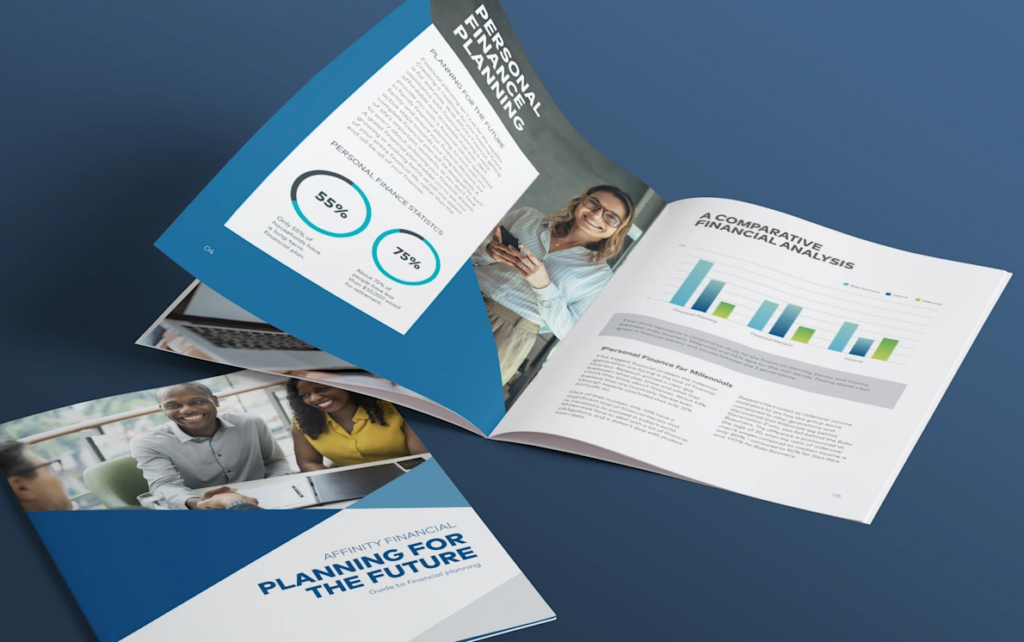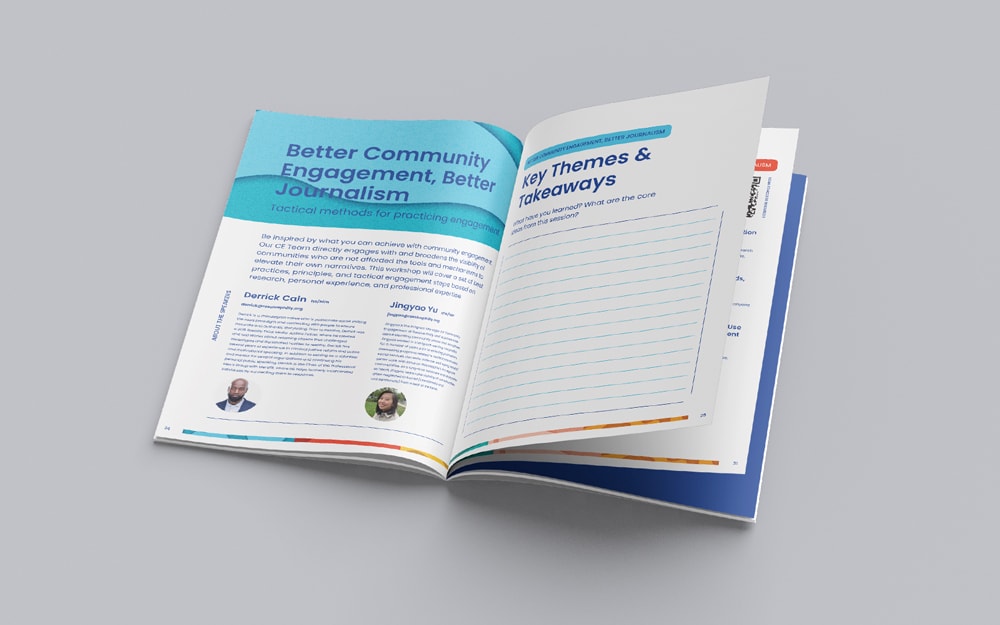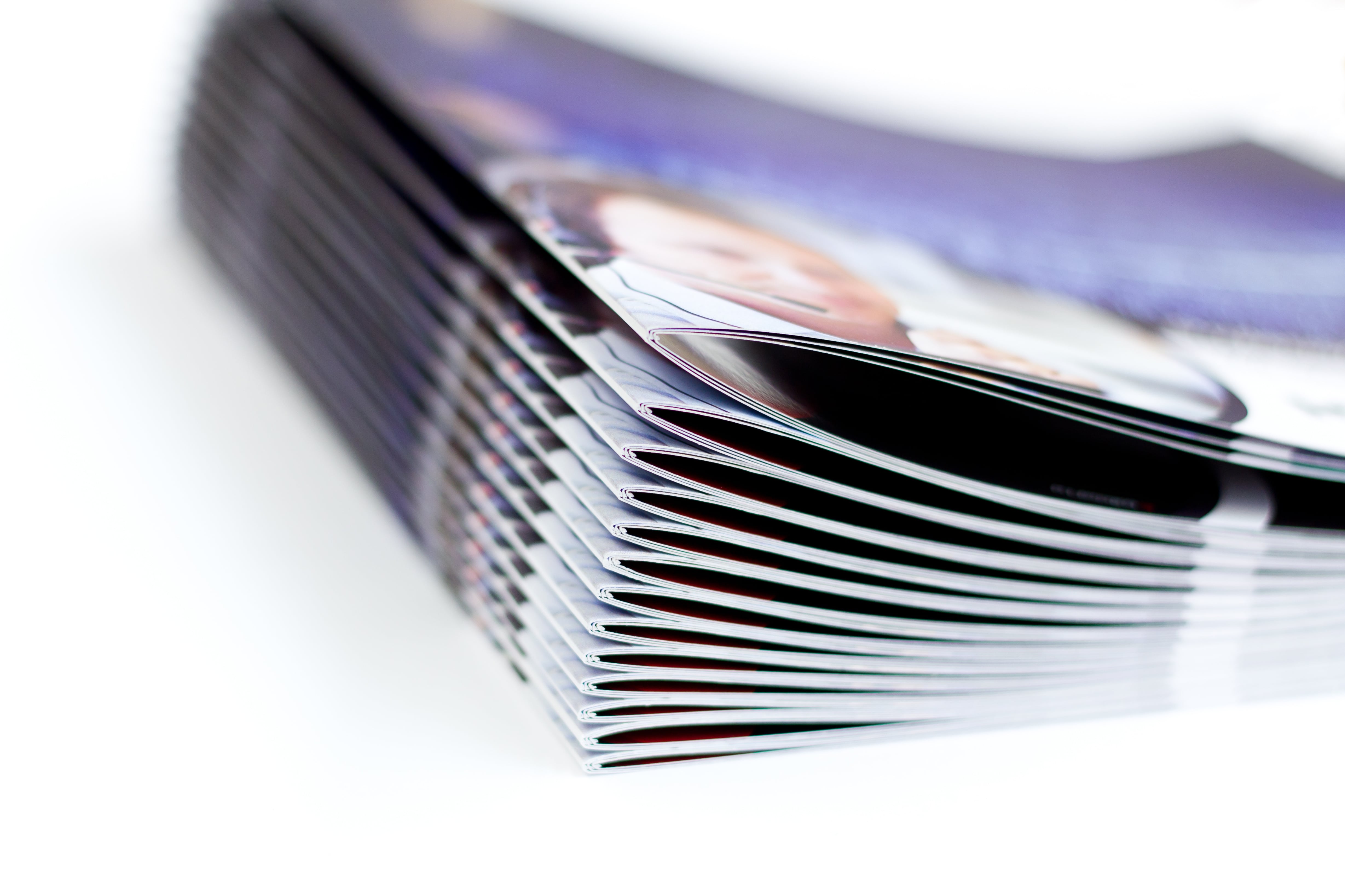Exploring Creative Layouts in Professional Booklet Printing
Exploring Creative Layouts in Professional Booklet Printing
Blog Article
The Necessary Overview to Comprehending Booklet Printing Options and Techniques
The procedure of pamphlet printing includes multiple factors to consider that can substantially influence the final product. From picking the appropriate format and dimension to comprehending the subtleties of binding methods, each choice plays a crucial function. In addition, elements such as paper supply and printing strategies more affect the efficiency of the booklet. As one navigates these alternatives, it comes to be necessary to comprehend how they adjoin and what that implies for the total result.
Understanding Brochure Formats and Dimensions
When considering pamphlet printing, comprehending the numerous formats and dimensions available is crucial for accomplishing the wanted presentation. Pamphlets can be produced in many formats, including saddle-stitched, spiral-bound, and perfect-bound, each offering distinctive advantages. Typical dimensions range from typical letter (8.5 x 11 inches) to smaller choices like A5 (5.8 x 8.3 inches), enabling versatility based on content and target audience.Selecting the proper size can influence both the format and reader interaction. Bigger dimensions might fit aesthetically driven content, while smaller styles might be more straightforward and portable. Furthermore, the variety of web pages influences the choice of binding technique, as thicker brochures might require stronger bindings. Eventually, recognizing these facets permits a much more tailored technique, ensuring that the end product aligns with the designated message and aesthetic, boosting the total performance of the communication.
Choosing the Right Paper Stock

Binding Methods: Considerations and options
When it involves binding approaches for pamphlets, a number of options are available, each with distinctive benefits. Saddle stitch binding uses a cost-efficient solution for thinner booklets, while ideal binding methods give an even more sleek seek thicker publications. Wire-O binding stands apart for its toughness and convenience of usage, making it ideal for documents that require flexibility.
Saddle Stitch Binding
Saddle stitch binding provides a cost-efficient and sensible remedy for constructing pamphlets, making it a preferred selection amongst organizations and authors. This binding technique entails folding sheets of paper in fifty percent and stapling them along the fold line, developing a cool and well organized appearance. Normally ideal for pamphlets with a lower web page count, saddle stitching is optimal for publications, sales brochures, and instructional products. The simpleness of this strategy enables quick production and is frequently preferred for brief runs or promotional things. It is crucial to note that saddle stitch binding may not be ideal for thicker pamphlets, as the spinal column may not hold up under raised weight. In general, it stays a dependable option for several printing projects.
Perfect Binding Techniques
Perfect binding is a commonly utilized technique that offers a specialist and sleek coating to magazines and booklets. This approach involves gluing the web pages together at the back utilizing a solid adhesive, permitting a tidy edge and the capacity to hold a larger variety of pages compared to saddle sewing. Perfect binding is particularly appropriate for thicker booklets, such as directories and yearly reports, where a strong, flat back is preferred. In addition, it offers the choice for a published cover that can be created to boost aesthetic charm. Considerations such as page matter, paper weight, and the planned usage of the booklet ought to be taken into account, as they can impact longevity and overall quality.
Wire-O Binding Choices
Wire-O binding, understood for its toughness and adaptability, offers an excellent option for brochures that need simple page turning and an expert appearance. This binding technique utilizes a series of metal loops that hold pages securely, allowing them to exist level when open. It is specifically ideal for discussions, brochures, and guidebooks because of its durable nature. Wire-O binding is available in numerous colors and diameters, suiting different page counts and densities. In addition, it permits the inclusion of tabs and covers, boosting the brochure's overall visual. Factors to consider for Wire-O binding include the choice of cord color, the size of the loopholes, and the degree of personalization desired, every one of which can exceptionally influence the end product's look and functionality.
Digital vs. Offset Printing: Which Is Best for You?
When picking a printing approach for brochures, understanding the differences between digital and offset printing is essential. Digital printing makes use of contemporary technology to create premium prints quickly and cost effectively, making it optimal for short runs or jobs requiring fast turnaround times. It enables customization, giving the capability to publish on-demand with very little waste.In comparison, offset printing is a typical technique that succeeds in creating huge quantities with constant quality. It involves moving ink from a read the article plate to a rubber blanket, see this website then to the paper, which causes exact information and dynamic shades. Counter printing commonly calls for longer configuration times and is more cost-effective for bigger volumes.Ultimately, the option in between digital and offset printing depends on job demands, spending plan, and wanted amount. For small, time-sensitive projects, digital may be the very best selection, while countered might be preferable for bigger, top quality productions.

Creating Your Brochure: Tips and Best Practices
When designing a booklet, mindful focus to design, font style selection, and shade usage can considerably enhance its effectiveness. A well-structured layout overviews the reader's eye, while suitable fonts assure readability and share the preferred tone. In addition, efficient use of color can stimulate emotions and highlight key information, making the overall design more impactful.
Choosing the Right Format
Just how can one successfully select the appropriate layout for a booklet? Initially, it is important to examine the booklet's objective and target audience. A clean, arranged format improves readability and engagement. Using a grid system can aid in straightening elements consistently, developing a professional look. Additionally, integrating aesthetic pecking order via differing sizes and placements of images and message can lead the viewers's eye and highlight essential info. It is also essential to leave sufficient white area, which prevents overcrowding and enables for far better focus. Lastly, examining different designs via mock-ups can provide understanding right into how the style performs in real-world situations, making certain that the end product satisfies both functional and visual needs.
Picking Appropriate Fonts
A well-chosen font style can considerably improve the total layout of a pamphlet, enhancing the format and enhancing the web content's message. The selection of typefaces should consider readability, especially for body text, as it guarantees the details is accessible to all readers. Sans-serif fonts are frequently chosen for digital formats, while serif font styles can provide a conventional feel in printed products. It's a good idea to limit font choices to two or 3 to keep visual coherence. Additionally, typeface dimension plays an essential role; headings should be not overwhelming however distinctive, while body message should fit for analysis. When picking typefaces, alignment with the brochure's theme try this site and target audience is crucial for efficient communication and visual charm.
Effective Usage of Color
Shade functions as an effective tool in brochure design, directing and forming perceptions visitor emotions. It can evoke sensations of depend on, peace, or excitement, depending upon the tones chosen. Designers need to take into consideration color theory concepts, guaranteeing that the chosen palette lines up with the pamphlet's message and target audience. Using warm colors like red and orange can create seriousness, while cooler tones like blue and eco-friendly foster tranquility.Additionally, comparison plays a vital role; complementary colors can improve readability and visual charm. Consistency in color usage across pages even more enhances brand name identity and cohesion. Ultimately, effective color implementation not only captures focus yet likewise enhances the booklet's function, making it an important facet of effective design.
Completing Touches: Coatings and Unique Impacts
While lots of think about the material and layout of a booklet one of the most essential components, the completing touches, such as finishes and special effects, play an important duty in enhancing its overall allure. Coatings can give security and toughness, making sure that the brochure withstands damage. Matte coatings provide a sophisticated, non-reflective surface area, while shiny coverings can make shades show up more captivating and dynamic. Unique impacts, like embossing or foil marking, add a tactile measurement that can create a remarkable perception. These techniques can highlight certain areas, accentuating essential information or developing visual passion. Furthermore, UV coating can provide a high-shine finish that raises the overall look.Together, these completing touches not only improve the pamphlet's aesthetic yet also interact professionalism and trust and attention to information, inevitably leaving a long-term impact on the reader.
Price Considerations for Brochure Printing
Comprehending the numerous cost considerations for booklet printing is important for companies and organizations aiming to maximize their spending plans. Trick variables affecting costs consist of the option of paper, ink, and binding techniques. Better materials, such as premium paper or specialized inks, typically increase the total expense. Furthermore, the dimension and web page count of the pamphlet play a substantial function; bigger pamphlets call for more sources and time to produce.Another crucial consideration is the printing strategy, whether electronic or countered, as each has its own rates framework and viability for various quantities. Organizations should likewise factor in design expenses, which can differ based on complexity and making use of professional solutions. Ultimately, shipping and handling fees can include in the overall, particularly for big orders. By examining these components, companies can make enlightened decisions that straighten with their financial capabilities while achieving the desired quality in their published materials.
Frequently Asked Questions
What Are the Environmental Impacts of Booklet Printing?
The ecological influences of brochure printing include logging from paper production, carbon emissions from transportation, and waste generation from disposed of products - Booklet Printing. Lasting techniques, such as using recycled paper and eco-friendly inks, can reduce these impacts
Exactly How Can I Make Sure Shade Precision in My Booklet?
To assure shade accuracy in a pamphlet, one must use adjusted screens, use specialist color profiles, carry out examination prints, and select high-grade printing solutions that offer color matching and proofing options for best results.
What Is the Normal Turnaround Time for Brochure Printing?
The regular turn-around time for brochure printing varies depending upon the complexity and amount - Booklet Printing. Typically, it ranges from a couple of days to 2 weeks, affected by elements such as publishing methods and ending up demands
Exist Minimum Order Quantities for Booklet Printing?

Can I Print Brochures in Numerous Languages?
Publishing booklets in multiple languages is possible. Numerous printing services use alternatives for multilingual or multilingual layouts, permitting efficient communication. Cautious planning assurances that create aspects suit numerous languages without endangering readability or aesthetics. Furthermore, factors such as paper stock and printing techniques further affect the performance of the pamphlet. When taking into consideration pamphlet printing, recognizing the numerous formats and sizes offered is crucial for achieving the preferred presentation. When choosing a printing approach for pamphlets, understanding the distinctions between digital and counter printing is crucial. In addition, the dimension and web page count of the brochure play a considerable duty; larger brochures need more sources and time to produce.Another important consideration is the printing strategy, whether digital or offset, as each has its very own rates framework and suitability for different quantities. The environmental impacts of pamphlet printing consist of deforestation from paper manufacturing, carbon discharges from transportation, and waste generation from disposed of materials.
Report this page